
Thieme旗下消化病学领域的期刊是研究人员、专家和从业人员公认的首选资源。欢迎免费访问本期的精选论文。
Clinics in Colon and Rectal Surgery
Tianqi Zhang, Ye Xu
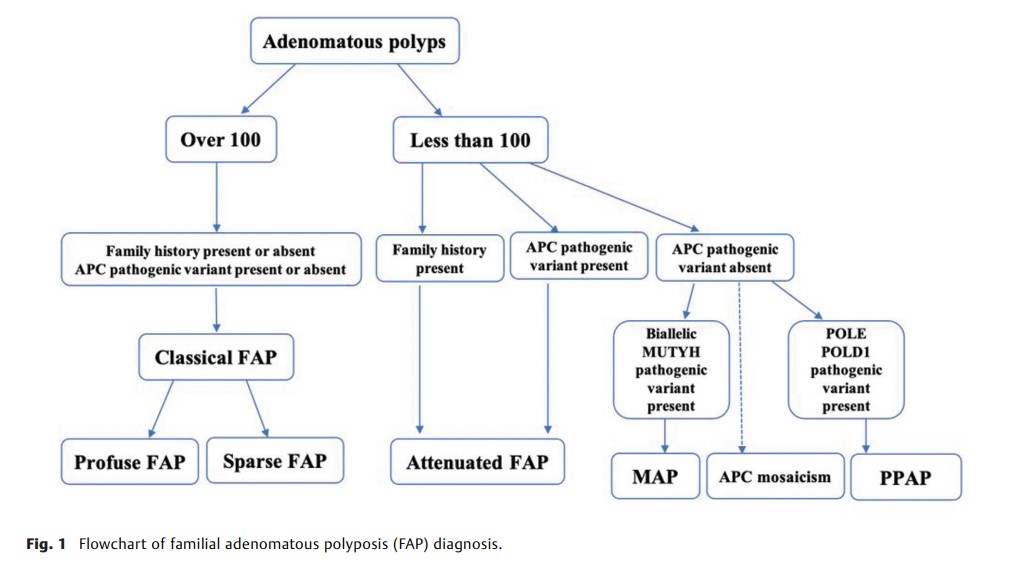
Familial adenomatous polyposis (FAP) is an autosomal dominant disease caused by pathogenic germline adenomatous polyposis coli mutation, and characterized with multiple adenomas in the colon and the rectum. Various genetic variants have been confirmed to be associated with corresponding FAP phenotypes, which play important roles in the diagnosis and surgical treatment of FAP. Generally, proctocolectomy is recommended for FAP patients at the age of 20s. Exceptionally, for patients with attenuated FAP, high-risk of desmoid, chemoprevention therapy, or other circumstances, surgery can be postponed. With the wide application of minimal invasive surgery in colorectal cancer, laparoscopic, robotic surgery, and natural orifice specimen extraction are proved to be feasible for FAP patients, but high-level evidences are needed to confirm their safety and advantages. In the times of precise medicine, the surgical management of FAP should vary with individuals based on genotype, phenotype, and clinical practice. Therefore, in addition to innovation in surgical procedures, investigation in links between genetic features and phenotypes will be helpful to optimize the surgical management of FAP in the future.
Digestive Disease Interventions
Marc Michael Del Rosario Lim
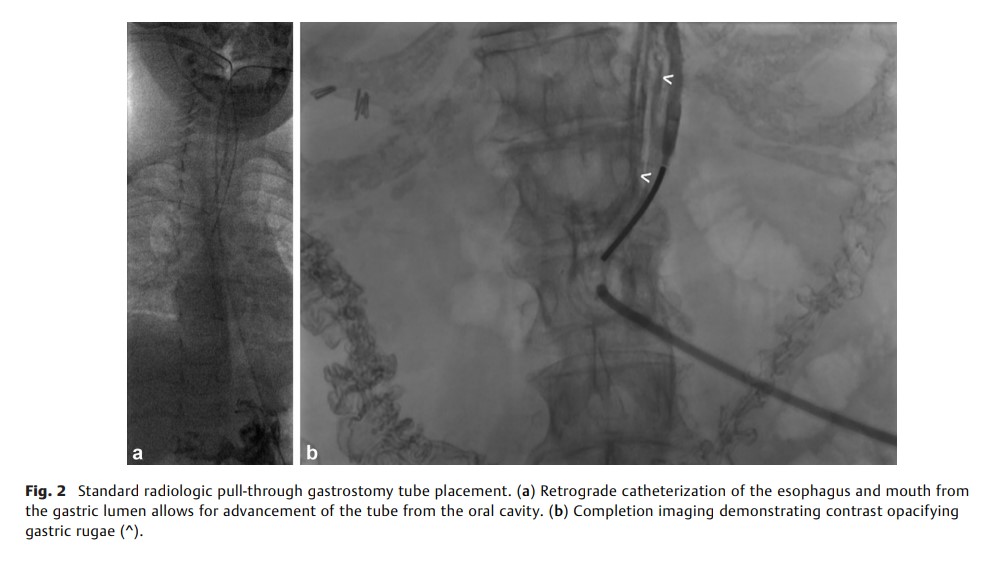
Gastrostomy tube placement may be needed for nutritional support, as in the setting of neurogenic dysphagia or head and neck malignancy, or for gastric decompression, as in the setting of malignant small bowel obstruction. Additionally, gastrojejunostomy or direct jejunostomy tubes may be needed in the setting of gastric outlet obstruction among other indications. Surgical, endoscopic, and percutaneous approaches are all well-described with generally similar outcomes. In this article, the standard radiologic percutaneous gastrostomy technique is reviewed including both the “push” and “pull” methods. Then, the special indications and techniques of advanced percutaneous enteral access such as percutaneous transesophageal gastrostomy and direct jejunostomy are discussed with examples shown.
Endoscopy
Cold snare endoscopic mucosal resection for colon polyps: a systematic review and meta-analysis
Abdallah Mohamed et al
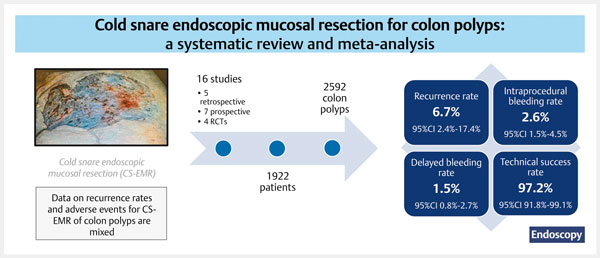
Cold snare endoscopic mucosal resection (CS-EMR) can reduce the risks associated with electrocautery during colon polyp resection. Data on efficacy are variable. This systematic review and meta-analysis aimed to estimate the pooled efficacy and safety rates of CS-EMR.
Seminars in Liver Disease
Pediatric and Adult Liver Disease in Alpha-1 Antitrypsin Deficiency
Ruiz et al.
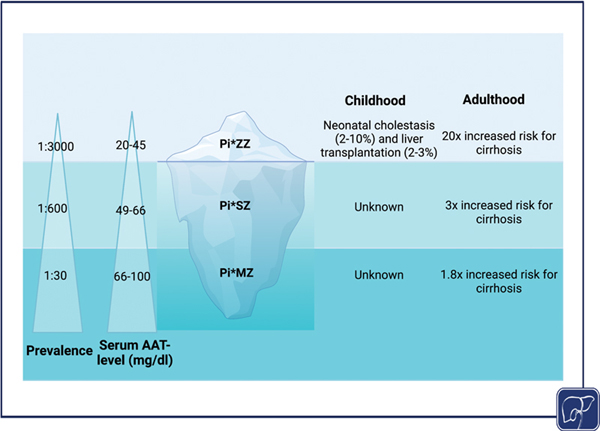
Alpha-1 antitrypsin deficiency (AATD) arises due to inherited variants in SERPINA1, the AAT gene that impairs the production or secretion of this hepatocellular protein and leads to a gain-of-function liver proteotoxicity. Homozygous Pi*Z pathogenic variant (Pi*ZZ genotype) is the leading cause of severe AATD. It manifests in 2 to 10% of carriers as neonatal cholestasis and 20 to 35% of adults as significant liver fibrosis. Both children and adults may develop an end-stage liver disease requiring liver transplantation. Heterozygous Pi*Z pathogenic variant (Pi*MZ genotype) constitutes an established disease modifier. Our review summarizes the natural history and management of subjects with both pediatric and adult AATD-associated liver disease. Current findings from a phase 2 clinical trial indicate that RNA silencing may constitute a viable therapeutic approach for adult AATD. In conclusion, AATD is an increasingly appreciated pediatric and adult liver disorder that is becoming an attractive target for modern pharmacologic strategies.
Endoscopy International Open
Ciocirlan Mihai et al.
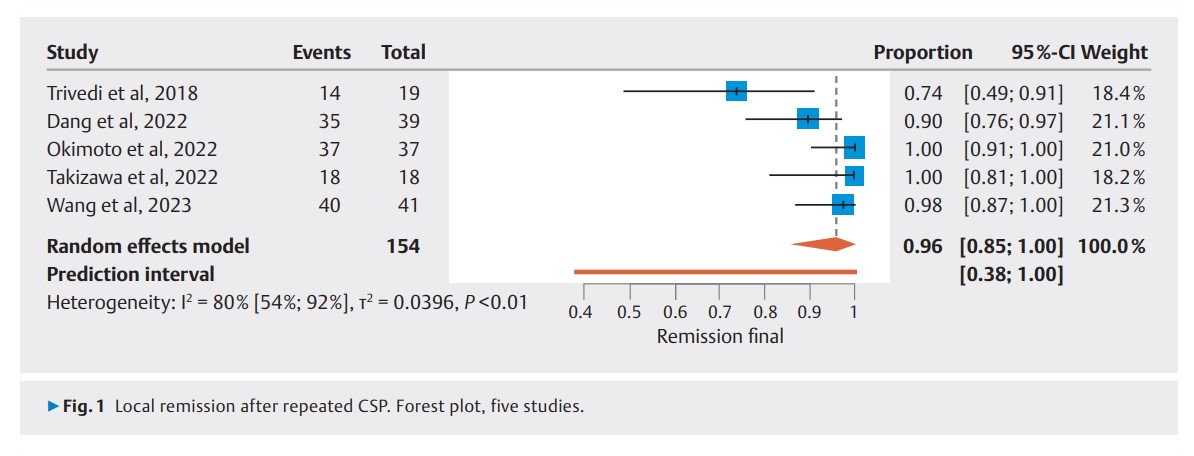
The role of cold snare polypectomy (CSP) in curative resection of non-ampullary sporadic duodenal adenomas (NASDA) is debated. We conducted a systematic review and meta-analysis to investigate the efficacy and safety of CSP for NASDA.
